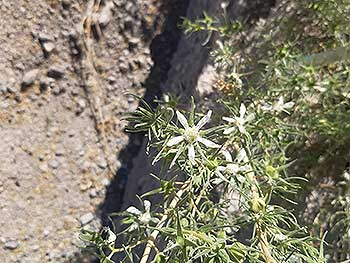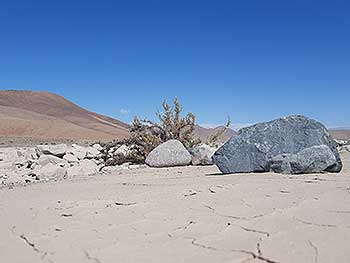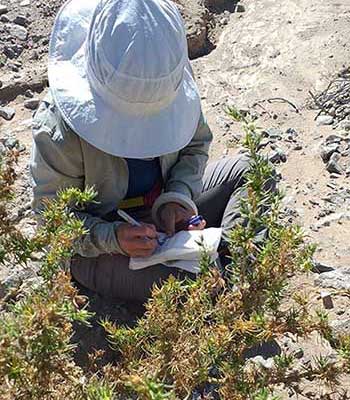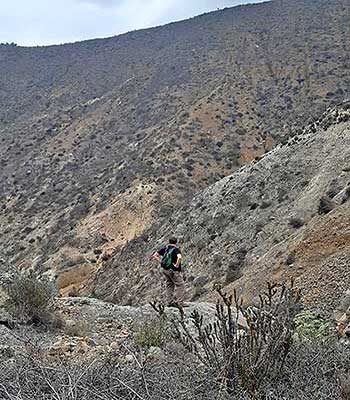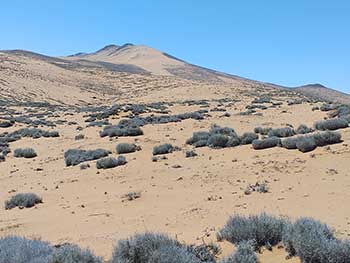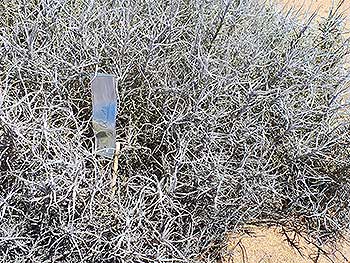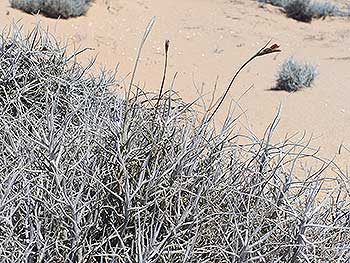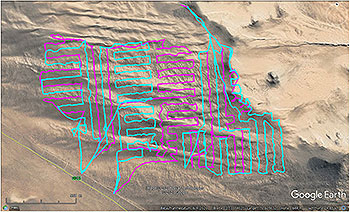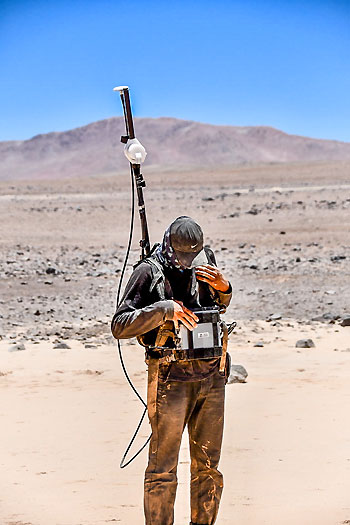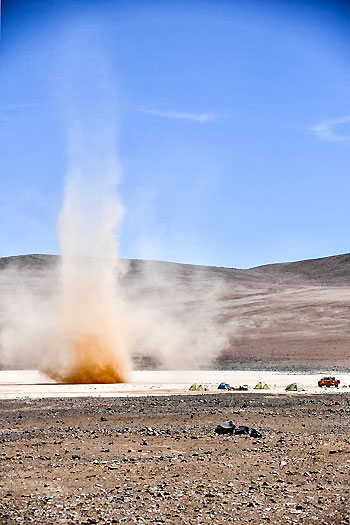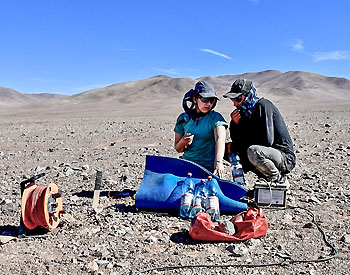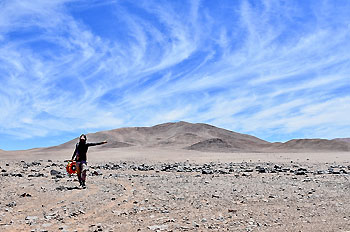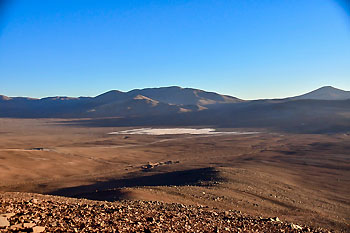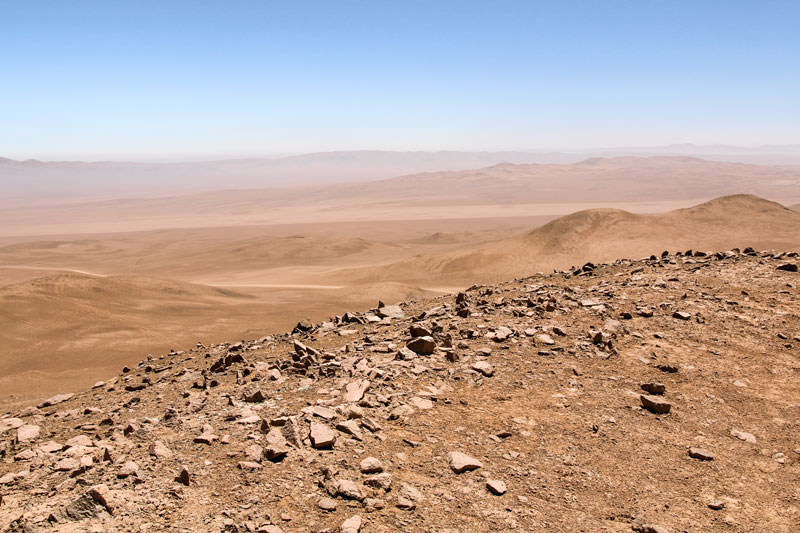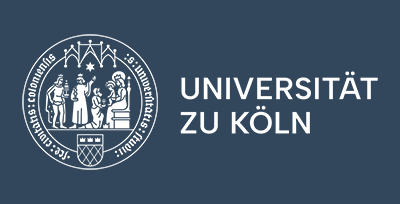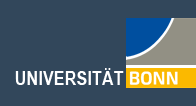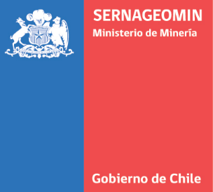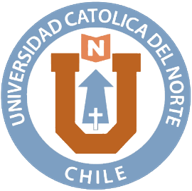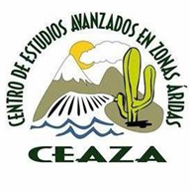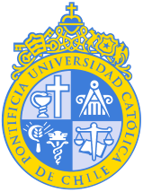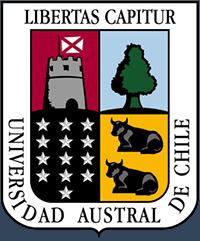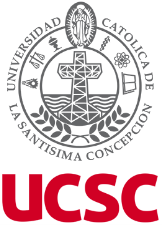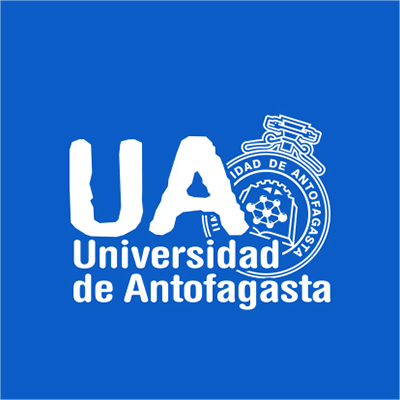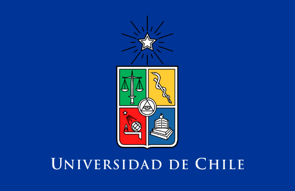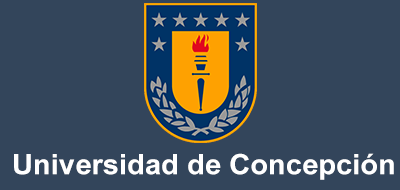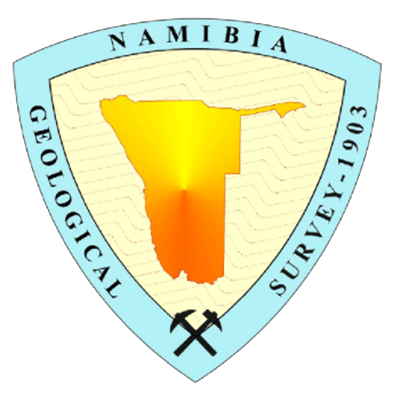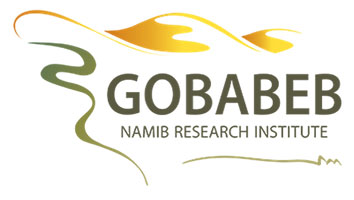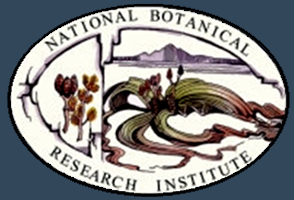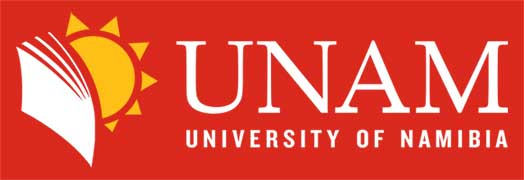During January and February 2021, Chilean members of B1 and B7, Paloma Morales and Alexandra Stoll realized the first field campaign to the Atacama Desert of these two subprojects in second phase.
The first part of this field trip was focussed on the population sampling of Huidobria chilensis in its natural habitat. In ten days, 18 current and historical localities were visited, travelling nearly 4,500 km between La Serena and Tocopilla, from the coast up to the Andean foothills (2,100 m asl). At some historical sites (e.g., herbarium collections from the 1960’s) this native desert shrub could not be found anymore, despite its several adaptions to this extreme environment. Finally, leaf material (and seeds) from 20 individuals of nine populations from H. chilensis were collected, between Copiapo to Mejillones. Additionally, some potential areas of hybridisation with its “sister” species H. fruticosa were visited, of which the population genetics were studied in the first phase of CRC1211.
The second part of the campaign was dedicated to a raster sampling in the southernmost known tillandsial, formed by Tillandsia landbeckii in vicinity to Caldera, Atacama Region. T. landbeckii is a terrestrial epiphyte (plant without functional roots), which obtains its water and nutrients from the coastal fog moisture through specialized leaf scales, one of its adaptation to this arid habitat. Its characteristic growth form in lens-shaped mounds that form bands across the slopes conspicuous in the landscape and even on satellite images. Placed on dunes at the sea-facing hillside of the first coastal mountain range, the Caldera tillandsial extends on several square kilometres, with impressive slopes and remarkable differences in altitude between 400 and 1,100 m asl. Here, following a sampling grid, nearly 500 individuals were collected to correlate their genetic and morphological characteristics with their location within the tillandsial (altitude, exposition, fog availability).
In total, nearly 250 herbarium specimens were vouchered for morphological analyses and approximately 750 samples collected for population genetics.
|
Closeup of Huidobria chilensis with flowers (population near Diego de Almagro)
Photo: P. Morales
|
|
H. chilense in its natural habitat (population near Diego de Almagro)
Photo: P. Morales
|
|
Paloma Morales sampling patiently the small and sticky leaves of H. chilensis (population near Diego de Almagr)
Photo: A. Stoll
|
|
Alexandra Stoll in a coastal ravine in Paoposo (near Taltal) looking for mixed populations of H. chilensis and H. fruticosa.
Photo: A. Stoll
|
|
Tillandsial landscape and dunes near Caldera
Photo: A. Stoll
|
|
Sampled and individualized tillandsia mound in plot Q12 (located in the middle of the plot sampling area)
Photo: A. Stoll
|
|
Closeup of Tillandsia landbeckii habit and flowers at the Caldera tillandsial
Photo: A. Stoll
|
|
Finalized plot sampling plotted over satellite imagine in GoogleEarth - cyan and pink colored lines represent the individual GPS tracks of P. Morales and A.Stoll
Photo: Google Earth
|


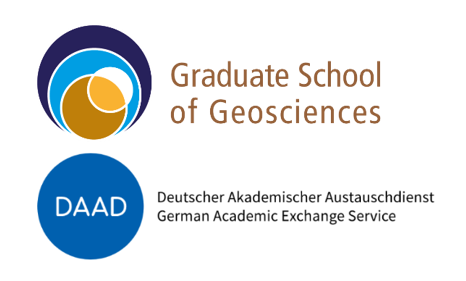 Supported by the Graduate School Scholarship Programme (GSSP) of the German Academic Exchange Service (DAAD), the Graduate School of Geosciences (GSGS) at the University of Cologne offers four promising international doctoral candidates the opportunity to pursue a doctorate as a part of an existing coordinated research programme, including CRC 1211, supervised by a Cologne Geoscientist. Deadline for applications for the first two scholarships is 28th April, 2021. Further information can be found through the call website.
Supported by the Graduate School Scholarship Programme (GSSP) of the German Academic Exchange Service (DAAD), the Graduate School of Geosciences (GSGS) at the University of Cologne offers four promising international doctoral candidates the opportunity to pursue a doctorate as a part of an existing coordinated research programme, including CRC 1211, supervised by a Cologne Geoscientist. Deadline for applications for the first two scholarships is 28th April, 2021. Further information can be found through the call website.


